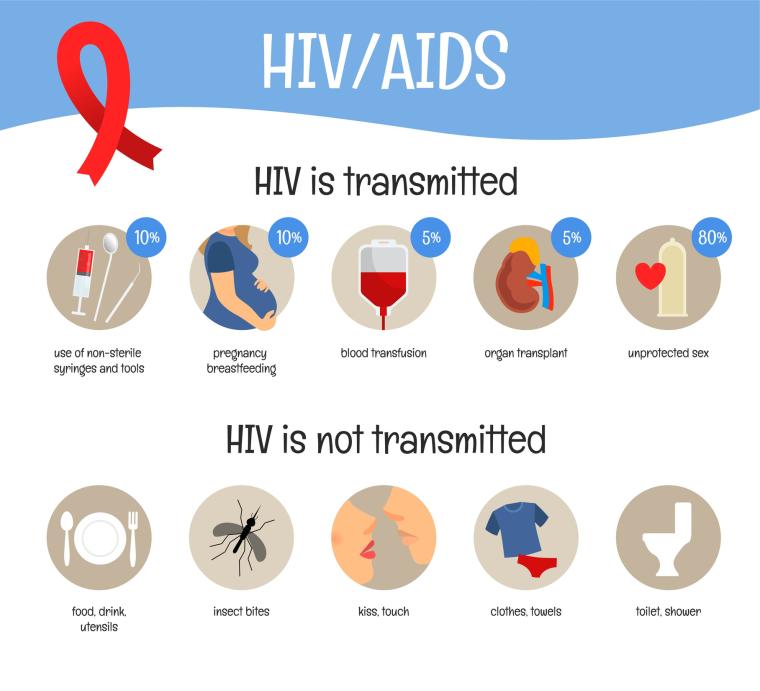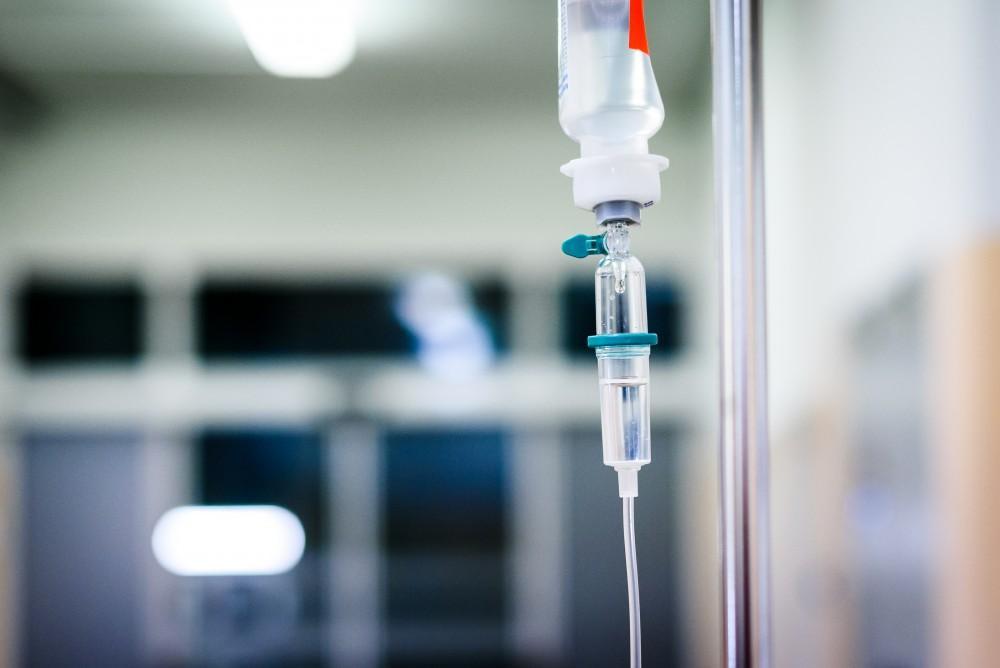HIV & AIDS, Causes & Symptoms

What causes HIV?
HIV (Human Immunodeficiency Virus) is caused by infection with the HIV virus. It is a retrovirus that attacks and gradually weakens the body’s immune system, specifically the CD4+ T cells, which are a type of white blood cell crucial for fighting infections.
The main ways HIV is transmitted from one person to another are:
- Sexual contact: HIV can be transmitted through unprotected anal, vaginal, or oral sex with an infected person. The virus is present in semen, vaginal fluids, rectal fluids, and blood.
- Blood exposure: Sharing needles, syringes, or other equipment used for injecting drugs with someone who has HIV can lead to transmission through blood contact. HIV can also be transmitted through transfusions of unscreened blood or blood products.
- Mother-to-child transmission: An HIV-positive mother can pass the virus to her baby during pregnancy, childbirth, or breastfeeding if proper treatment is not provided.
HIV is not transmitted through casual/ordinary contact like hugging, shaking hands, sharing food or drinks, or exposure to coughing or sneezing.
Once HIV enters the body, it starts attacking and destroying the CD4+ T cells, which are crucial for a strong immune response. As the virus progressively weakens the immune system over several years, the person becomes more susceptible to opportunistic infections and certain cancers.
If left untreated, HIV can progress to AIDS (Acquired Immunodeficiency Syndrome), which is the most advanced stage of HIV infection characterized by a severely damaged immune system.
While HIV is still an incurable condition, effective antiretroviral therapy (ART) can control the virus, prevent progression to AIDS, and allow people with HIV to live long, healthy lives. Early diagnosis and treatment by a healthcare provider are crucial for managing HIV infection.
What are the symptoms of AIDS?
The symptoms of AIDS (Acquired Immunodeficiency Syndrome) are mainly a result of the severe damage to the immune system caused by the HIV virus. As the immune system becomes extremely compromised, the body becomes vulnerable to many different infections and diseases. Common symptoms of AIDS include:
- Rapid weight loss – Unexplained weight loss of more than 10% of total body weight is common.
- Fever and night sweats – Persistent or recurrent fevers and drenching night sweats may occur.
- Extreme and unexplained fatigue – Feeling constantly tired and lacking energy is frequent.
- Swollen lymph nodes – The lymph nodes, especially in the neck, armpits, and groin, may become swollen and hard.
- Diarrhea – Chronic, uncontrollable diarrhea that lasts for weeks can occur.
- Pneumonia – AIDS patients are susceptible to certain opportunistic infections like Pneumocystis pneumonia.
- Neurological disorders – AIDS can cause memory problems, depression, and difficulty concentrating.
- Cancers – People with AIDS are at increased risk of cancers like Kaposi’s sarcoma and lymphomas.
- Oral thrush – White, painful patches in the mouth and throat caused by fungal infection are common.
- Vision problems – Cotton wool spots damaging the retina can occur.
As the immune system deteriorates, AIDS patients may experience a wide range of severe, recurring illnesses and opportunistic infections that a healthy immune system would normally prevent. These include tuberculosis, cytomegalovirus, toxoplasmosis, and others.
It’s important to note that while HIV and AIDS are closely related, not everyone with HIV infection develops AIDS – with proper antiretroviral treatment, the progression to AIDS can be prevented in most cases. Early diagnosis and treatment are critical.
How is AIDS treated?
AIDS (Acquired Immunodeficiency Syndrome) is treated with a combination of antiretroviral therapy (ART) and management of opportunistic infections. The main goals of AIDS treatment are to suppress the HIV virus, restore immune function, and prevent or treat opportunistic diseases. The treatment approaches include:
- Antiretroviral therapy (ART):
This involves using a combination of three or more antiretroviral medications from different classes to suppress the replication of the HIV virus in the body. Common drug classes used are:
- Nucleoside/Nucleotide reverse transcriptase inhibitors (NRTIs)
- Non-nucleoside reverse transcriptase inhibitors (NNRTIs)
- Protease inhibitors (PIs)
- Integrase inhibitors
- Entry/fusion inhibitors
ART cannot cure HIV/AIDS but can control the virus and allow the immune system to recover. Strict adherence to the ART regimen is crucial.
- Opportunistic infection prophylaxis and treatment:
Preventive treatment is given to prevent certain opportunistic infections like Pneumocystis pneumonia. If infections occur, they are aggressively treated with appropriate antimicrobial, antiviral, or antifungal medications. - Management of HIV-related cancers:
Cancers like Kaposi’s sarcoma and lymphomas are treated with chemotherapy, radiation therapy, or targeted drugs along with ART. - Supportive care:
This includes proper nutrition, treatment for diarrhea, nausea, fatigue, and other symptoms to improve quality of life. - Immune reconstitution therapy:
In some cases, medications that boost the immune system like IL-2 or growth factors may be used as adjunant therapy.
With current ART regimens, HIV can be effectively controlled in most patients, allowing their immune systems to recover and preventing progression to AIDS. However, treatment is lifelong and has potential side effects, so monitoring is required. Early diagnosis and ART initiation provide the best outcomes.




